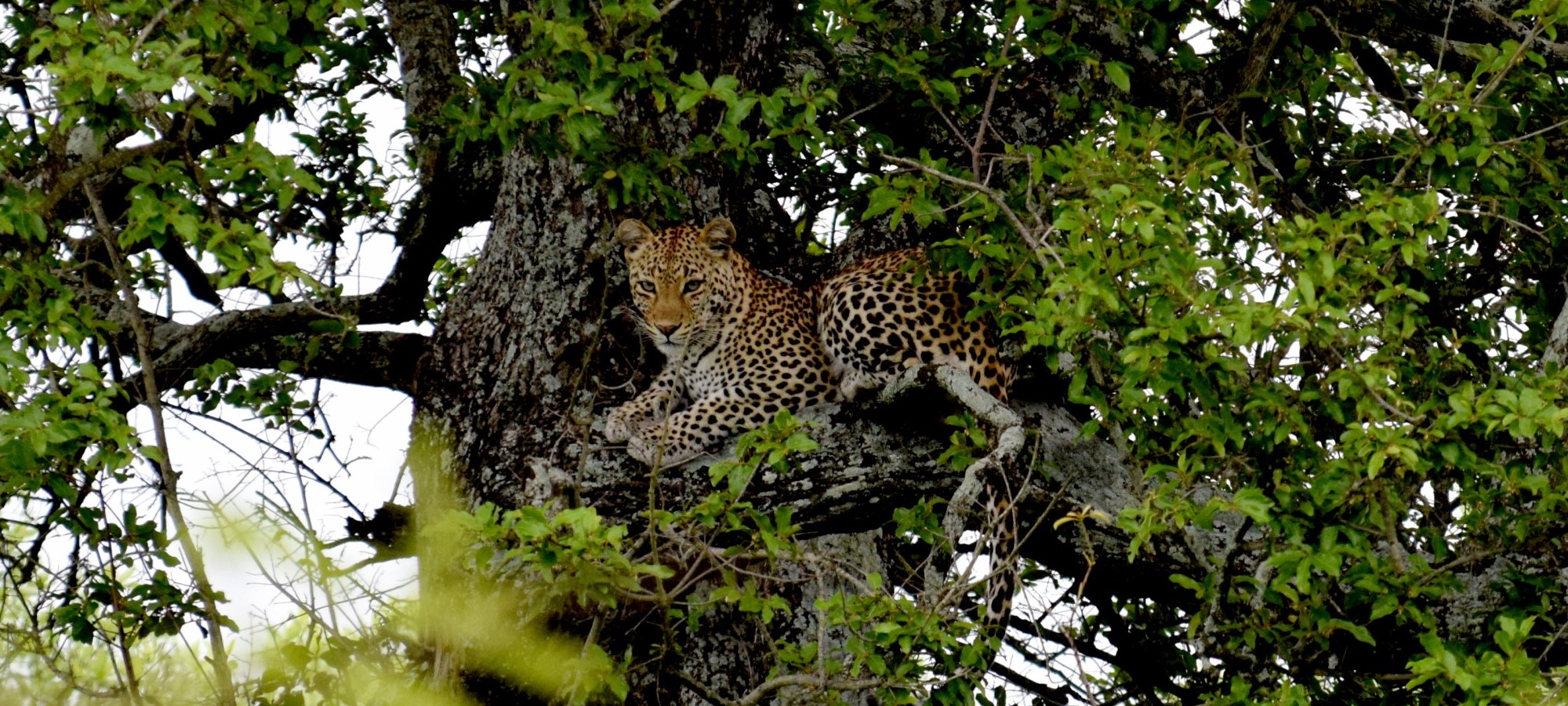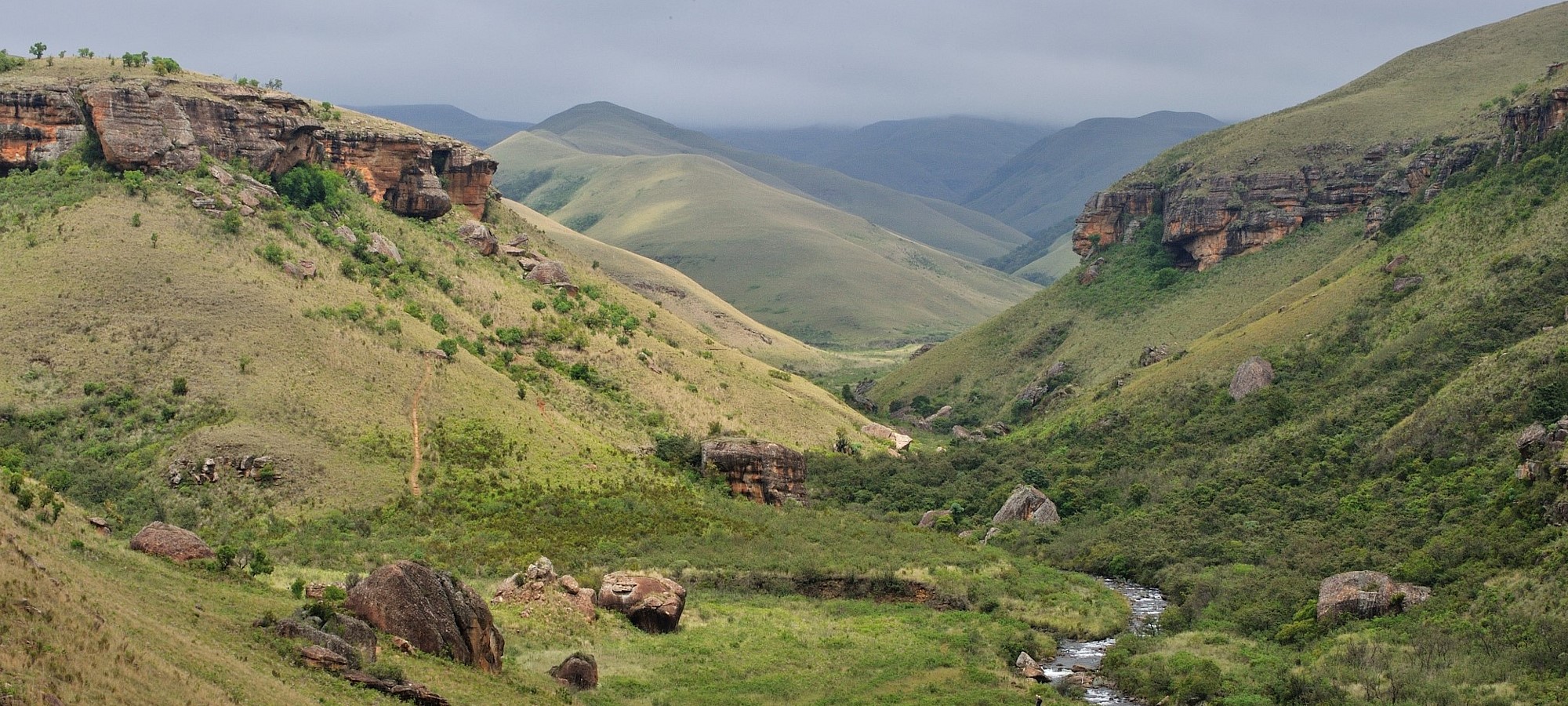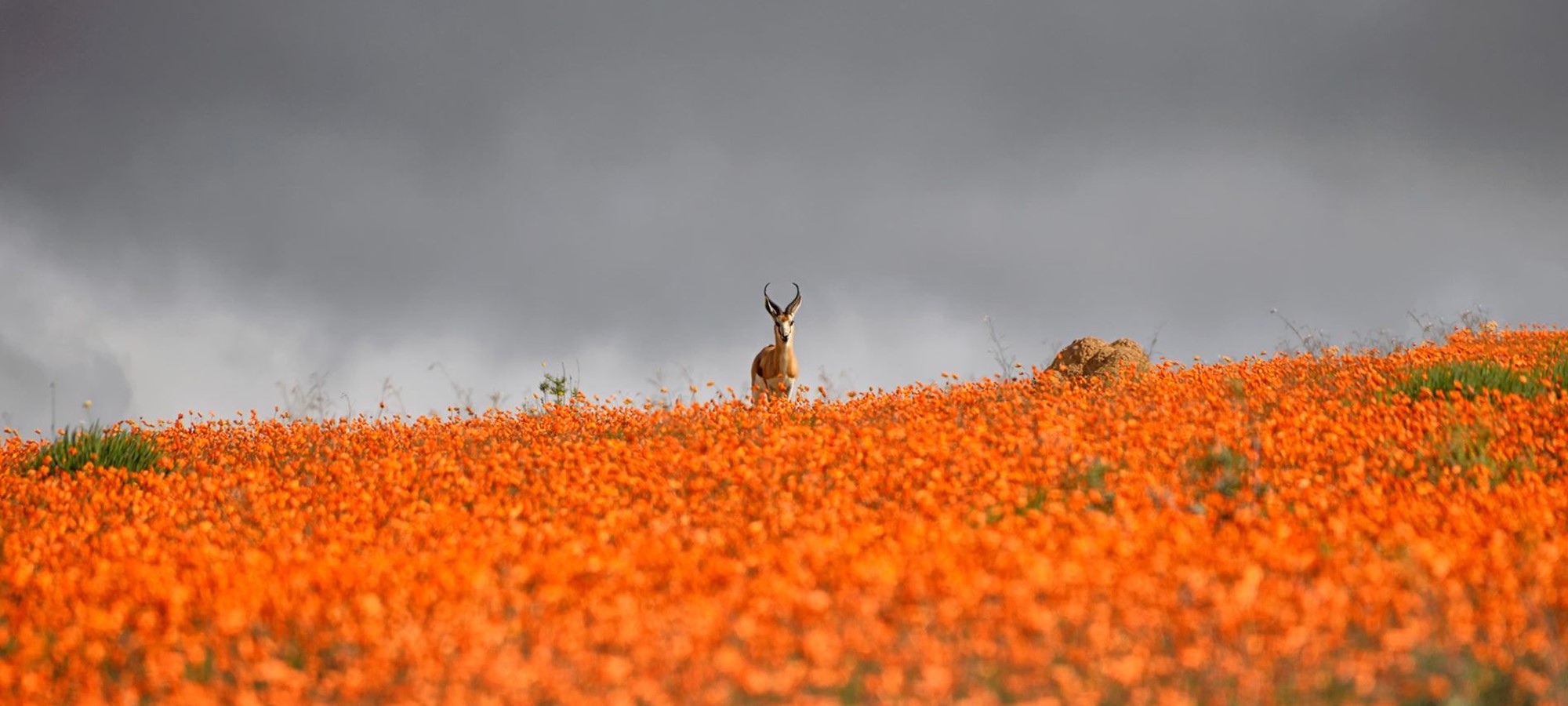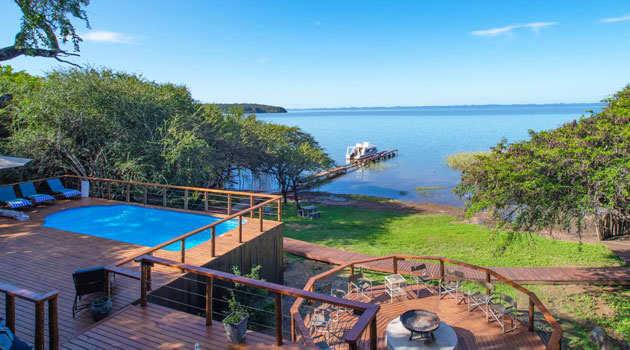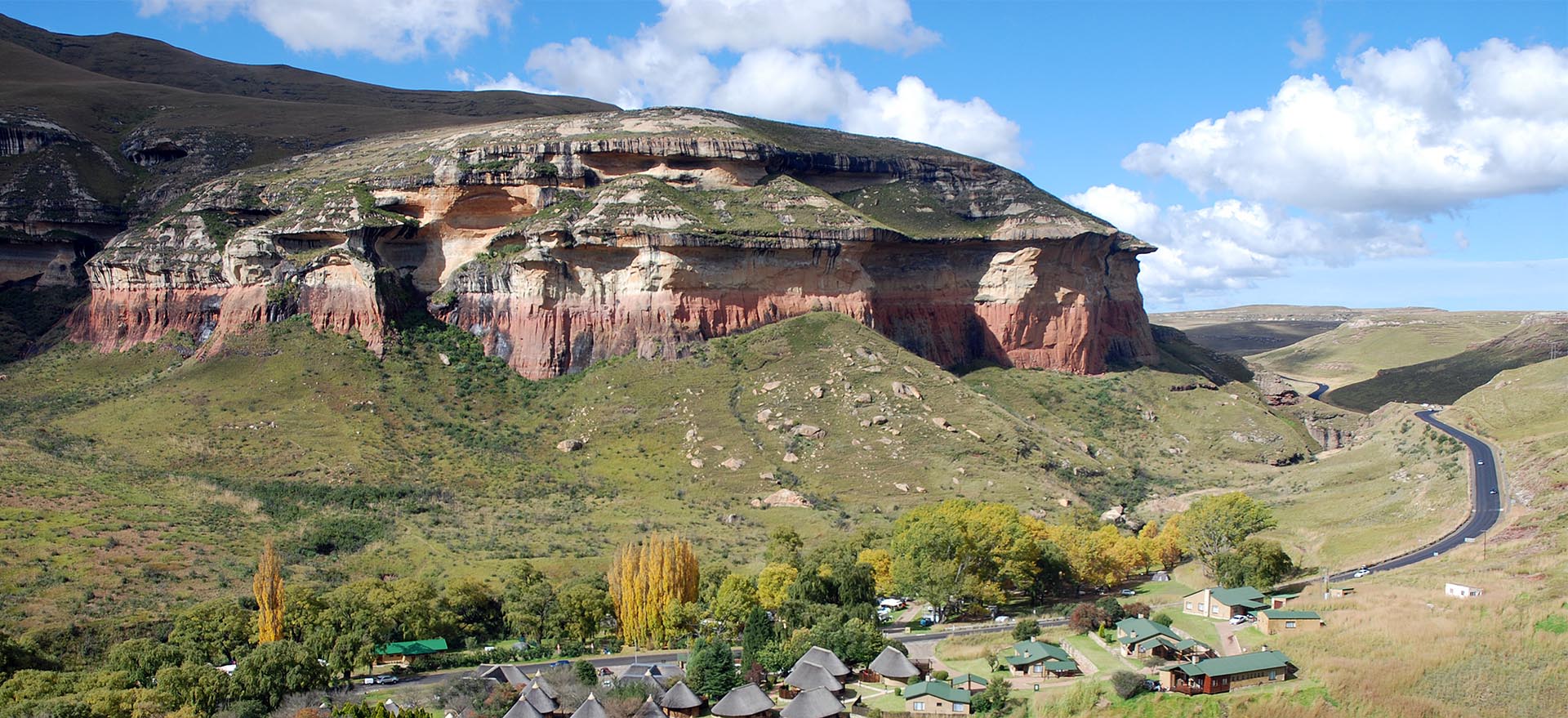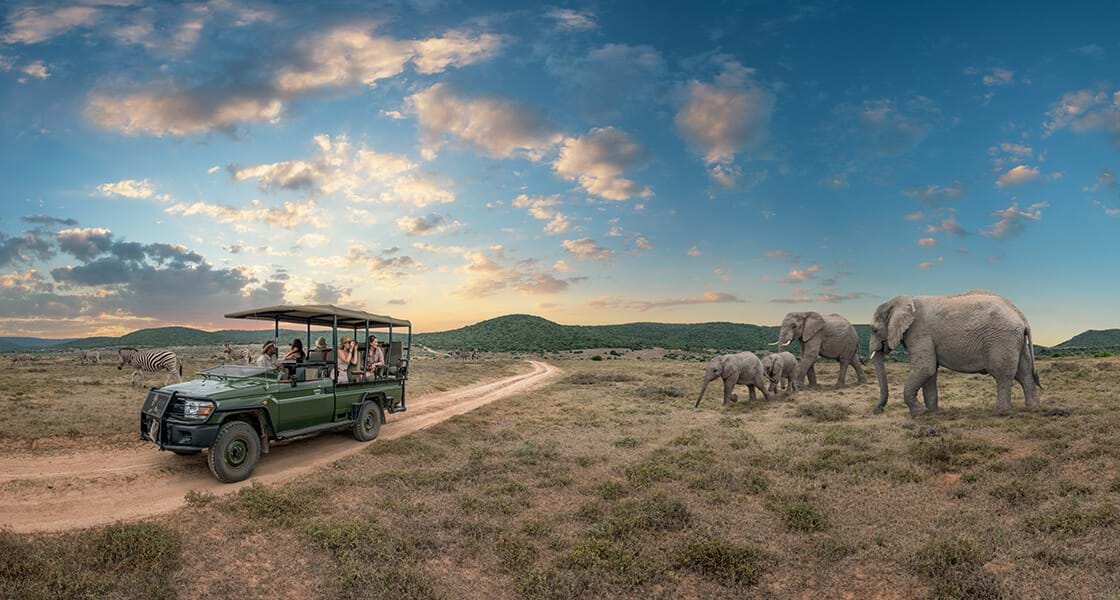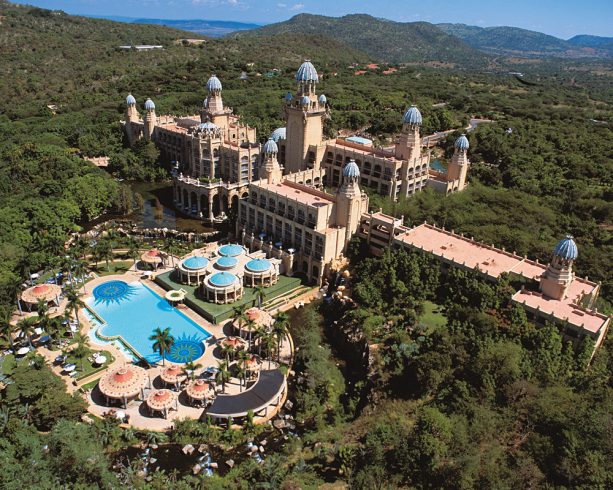South Africa Top Destinations
Kruger National Park
Kruger National Park, situated in the subtropical eastern Mpumalanga region, spans an area roughly equivalent to the state of Massachusetts. Established in 1926 by President Kruger, this sanctuary boasts a remarkable diversity of wildlife, surpassing any other game reserve in Africa. Within its borders, one can encounter Cape buffalo, leopard, lion, elephant, giraffe, and over 460 species of birds. A visit to this renowned game reserve promises an unforgettable wilderness experience.
Embark on a thrilling safari to witness the famous “Big Five” – Cape buffalo, leopard, lion, elephant, and giraffe – either by four-wheel drive vehicle or on foot, accompanied by a knowledgeable game ranger. Surrounding Kruger National Park, the wilderness region comprises smaller private game reserves, which play a crucial role in preserving a significant portion of the country’s wildlife resources. These reserves are home to luxurious game lodges and tented camps, offering both day and night game viewing opportunities, as well as immersive walking safaris. Immerse yourself in the conservation-minded reserves and marvel at the diverse array of animals and birds they showcase.
By Road:
Discovering the wonders of the Kruger National Park at your own pace is made possible through a self-drive adventure. This flexible approach allows for a truly rewarding experience within the park. The roads leading to the park are well-maintained, tarred, and clearly sign-posted, ensuring a smooth journey.
By Air:
Most tourists visiting Kruger National Park usually arrive at O.R. Tambo International Airport (JNB) in Johannesburg. From there, they can catch a connecting flight to Nelspruit Airport/Kruger Mpumalanga International Airport (MQP) in Mpumalanga, which serves as the main entry point to the southern part of the park. Alternatively, travelers can choose to fly to Hoedspruit or Phalaborwa airports, which provide access to the central and northern sections of the park respectively. Another option is to take a scheduled flight directly to Skukuza Airport, located within the park itself. For those seeking a more exclusive experience, charter flights to Skukuza Airport or the various lodges’ airstrips are also available. Various domestic carriers offer scheduled flights that can be booked for convenient travel within the country.
When to visit
The optimal time for observing wildlife in Kruger National Park is during the dry winter months, which span from May to September. During this period, the vegetation becomes less dense, allowing for better visibility, and animals gather around waterholes and rivers. As the winter progresses, the viewing conditions improve, and September is especially delightful as the mornings become slightly less cold compared to mid-winter. Additionally, the best wildlife viewing time aligns with the low season, making it even more appealing.Kruger National Park encounters a scorching and tropical summer season, spanning from October to April, during which it receives the majority of its yearly precipitation. Afternoons in the park are often accompanied by frequent storm activity. On the other hand, the winter months, from May to September, offer a more pleasant experience for visitors with relatively mild temperatures, although the nights can become chilly.

